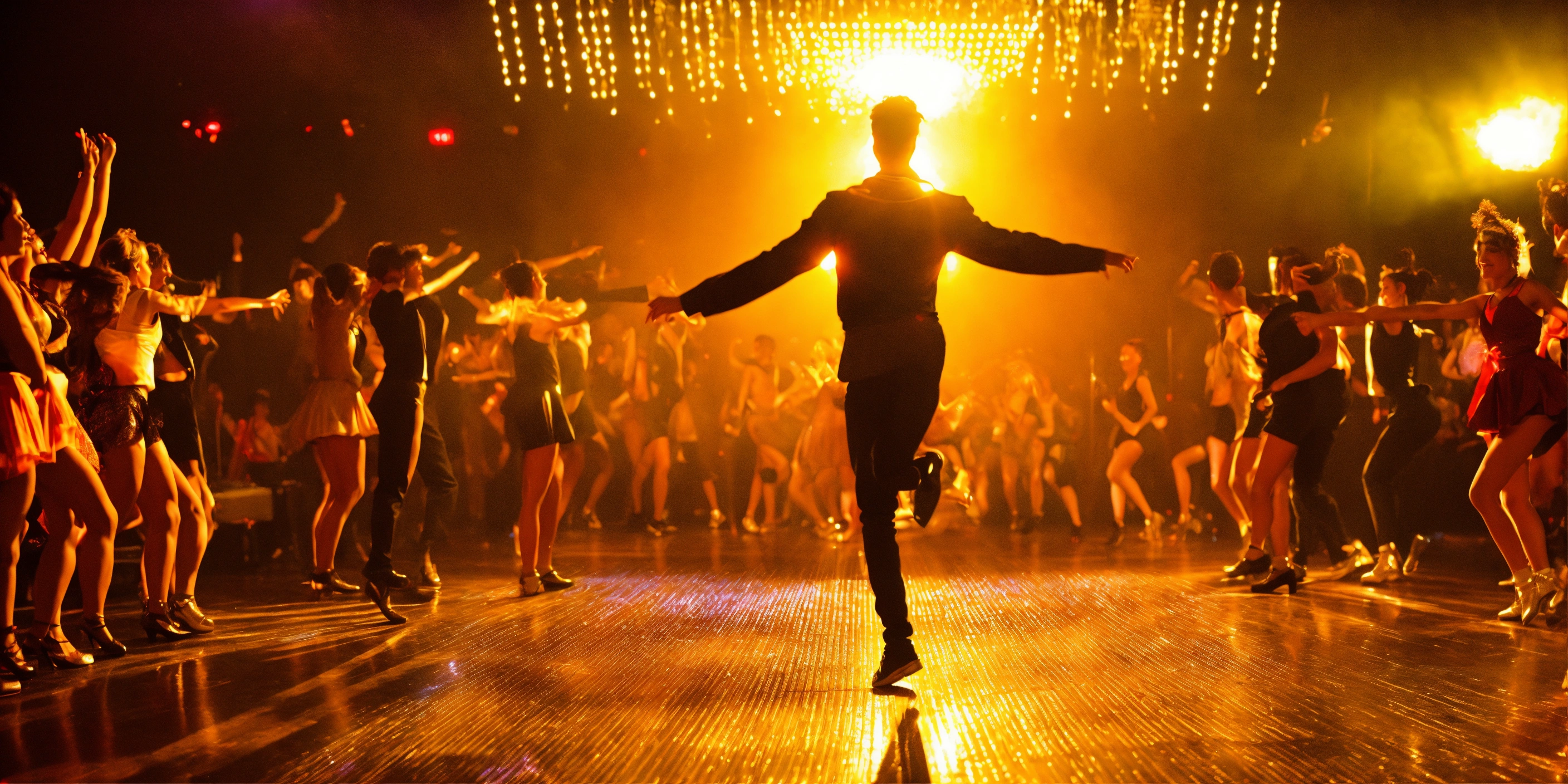Rent Your Dance Studio Space Online: Monetize Your Dance Floor – FAQ Blog Post
In today’s digital age, dance studios aren’t just for choreography and classes — they’re also prime real estate for creators, teachers, event organizers, and content producers. If you own or manage a dance studio, renting it out online is a smart and sustainable way to earn extra income. Whether it’s for rehearsals, workshops, fitness classes, or video shoots, your studio can work for you — even when you’re not using it.
But if you’re wondering how to get started or what to expect, this comprehensive FAQ guide will clear up the confusion. Here’s everything you need to know about monetizing your dance studio by renting it online.
💃 Frequently Asked Questions (FAQs)
1. How can I rent out my dance studio online?
You can list your space on rental platforms like Peerspace, Splacer, or even promote it through your own website and social media.
2. Is it really profitable to rent out my dance studio?
Yes, many studio owners generate steady income by renting their space during off-hours or downtime, especially in high-demand urban areas.
3. Who typically rents dance studio space?
Clients include dance instructors, fitness coaches, theater groups, yoga teachers, photographers, filmmakers, and event organizers.
4. What platforms are best for listing my studio?
Popular platforms include Peerspace, Giggster, ThisOpenSpace, and even Airbnb (for creative spaces). You can also use Google My Business or Facebook to attract local renters.
5. How much should I charge for studio rental?
Rates depend on location, size, amenities, and demand. On average, studios charge anywhere from $25 to $100+ per hour.
6. Do I need special permits or insurance to rent out my space?
You may need liability insurance and a business license depending on local regulations. It’s best to consult with a local advisor or insurance provider.
7. Can I rent the studio during my regular business hours?
Yes, but most owners rent during off-peak hours to avoid scheduling conflicts with their own classes or programs.
8. How do I handle bookings and payments?
Rental platforms usually manage bookings and payments. If you're doing it independently, tools like Calendly, Stripe, or Square can help automate the process.
9. What should I include in the studio listing?
Photos, dimensions, flooring type, lighting, mirrors, sound systems, restrooms, changing areas, parking, and availability — the more details, the better.
10. How do I make my studio more attractive to renters?
Keep it clean, well-lit, and flexible. Add amenities like Bluetooth speakers, AC, chairs, and portable mirrors. Offer hourly and daily rates.
11. Can I set rules for renters?
Absolutely. You can set house rules around noise levels, equipment usage, clean-up responsibilities, and max capacity.
12. What if someone damages my studio?
Rental platforms often include security deposits or liability coverage. If you’re managing rentals independently, require a signed rental agreement and deposit.
13. Do I need to be on-site during rentals?
Not always. Some studio owners use keypads or smart locks for remote access, but it’s up to your comfort level and the nature of the rental.
14. How do I market my dance studio rental?
Use Instagram, Facebook, Google Ads, and community groups. Offer first-time discounts or partner with local creatives to boost visibility.
15. Can I rent my studio for non-dance purposes?
Yes! Studios are often used for photo shoots, video production, small events, auditions, and even corporate workshops.
📝 Conclusion: Let Your Dance Floor Pay for Itself
Renting out your dance studio online is a practical way to maximize income while supporting your local creative community. With the right platforms, smart policies, and a bit of marketing, you can turn idle hours into profitable bookings — all without disrupting your main business.
So if your studio floor is sitting empty between classes, don’t let that opportunity go to waste. Take the leap, list your space, and start earning from the rhythm of your room!


Post a Comment